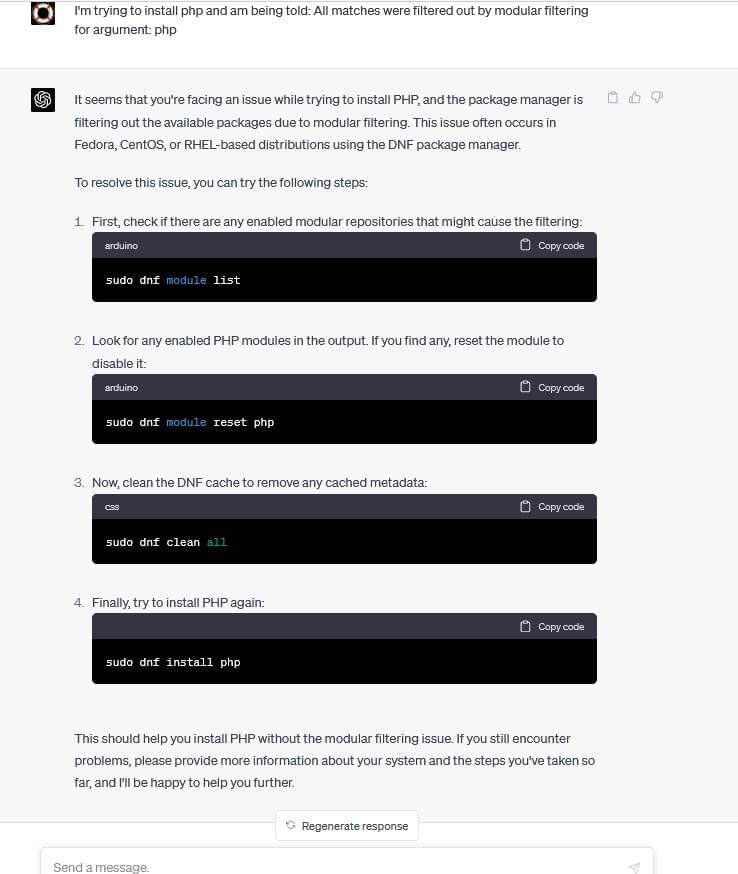Who is winning the Battle of the Robot Armies? Both Elon Musk and Jeff Bezos will soon have over one million robots each. That means they will soon have as many robots in their army as there are soldiers in the US army…
Category: robotics/AI – Page 1,194
Meet ‘Perceval’, the robot dog helping Paris repair its metro
Learn more about robots helping humans: http://ow.ly/NNWB50NTB6n
Google CEO Sundar Pichai says AI will soon impact everything —
Telling 60 Minutes that the AI revolution is coming fast.
The company’s new AI chatbot, Bard, is teaching itself new things, which the company cannot explain. https://cbsn.ws/3L5pDxb
ChatGPT raised the bar high for AI chatbots, but OpenAI’s chatbot is not universally accessible
And thanks to promising alternatives, the competition is heating up. Let’s check out Alibaba’s bot Tongyi Qianwen! #battleofthebots

AI thoughts
The right decision may still be wrong if taken out of context, without regard for what’s coming, or only based on how people feel about any topic at any moment in time.
AI thoughts 💭
Programming limits scope, filters data and concludes fast. Maybe too fast. Not all decisions need to be taken on the spot.
Jiddu Krishnamurti (Crisis in consciousness, Zeitgeist Addendum)
Human thoughts 💭 about knowledge building, concluding and AI
Knowledge limits scope, filters data and concludes. The conclusion by its very nature limits or even omits new knowledge.
What happens if we add AI?
Programming limits scope, filters data and concludes fast. Maybe too fast. Not all decisions need to be taken on the spot.
Interesting to note that both knowledge types belong to the past, which means the entire data set is deficiently incomplete, both human and machine…
So

Human thoughts about knowledge building, concluding and AI
Interesting to note that both knowledge types belong to the past, which means the entire data set is deficiently incomplete, both human and machine…
So
Could a machine ever learn to program itself to think without programming?
Yes, it’s currently under development.
CBI: Computer-Brain Interface, whereby humanity provides the non-programming edge for programming machines.
Also known as BCI by humans.
Brain-Computer Interface, whereby machines provide the programming edge for humans.

Researchers are stuffing drones into taxidermy birds to make them seem more ‘natural’
Researchers have engineered a robotic lionfish with synthetic arteries, similar to those found in a human’s circulatory system. The fish “blood” that runs through it serves as both the robot’s power source and controls its movement. The findings, published Wednesday in Nature, may propel the new wave of soft robots, in which inventors seek to improve lifelike automated machines for human connection.
It’s a bird, it’s a plane, it’s… sort of both, actually. And its designers think animals won’t notice the difference.
Tensor Holography MIT Student creates AI learning advancing Holograms
From 2021
A new method called tensor holography could enable the creation of holograms for virtual reality, 3D printing, medical imaging, and more — and it can run on a smartphone.
YouTube.
PhD student from MIT’s Department of Electrical Engineering and Computer Science Liang Shi said people once believed that with the existing consumer-grade computer hardware, it’s impossible to do real-time 3D holograms. It’s going to take decades before it would be viable, but he figured out a way to cut that time.
Holographic image is not just made up in the movies, it’s being created as we speak. Shi’s team took a different approach from what was first developed in holograms, where laser beam would split, half the beam is used to illuminate the subject and the other half used as a reference for the light waves phase.